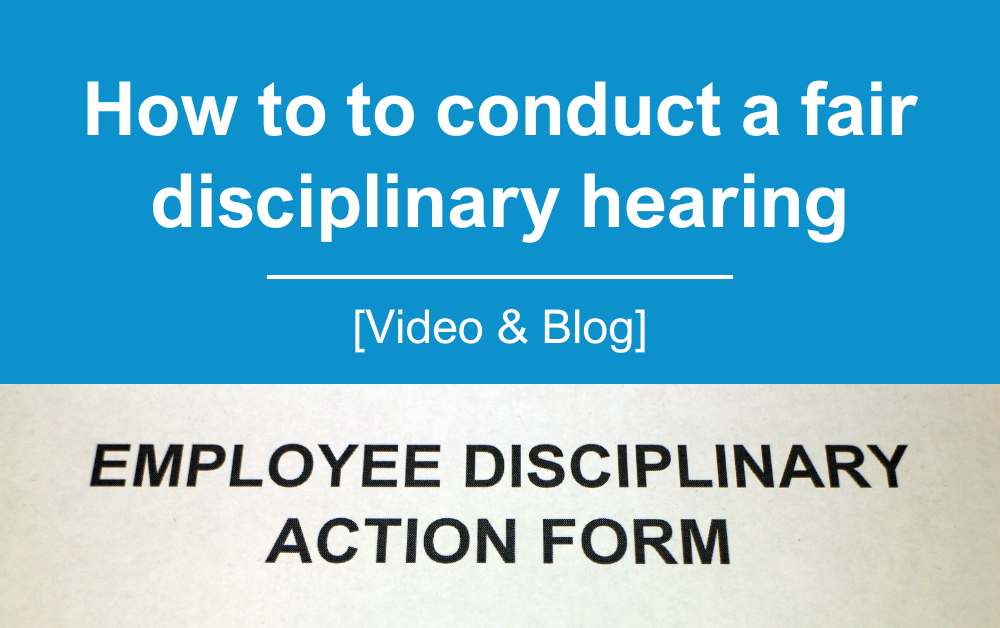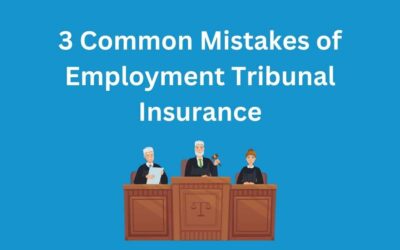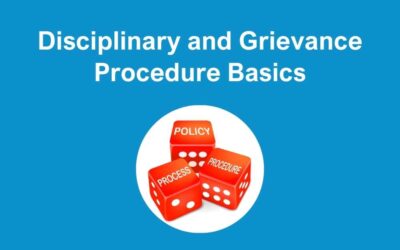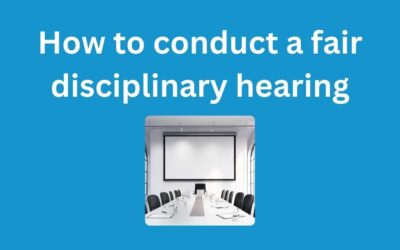What is a Disciplinary Hearing?
A disciplinary hearing is a formal meeting held by an employer to address allegations of employee misconduct or poor performance. It is a critical step in ensuring a fair and transparent disciplinary process within a business. As organisations grow, the likelihood of facing employee issues increases, making it essential to have clear HR procedures in place to handle disciplinary matters efficiently.
Having a structured process can prevent disputes from escalating, helping to maintain workplace harmony and legal compliance.
Step 1: Disciplinary Investigation – Investigate the situation before taking disciplinary action
Before initiating a disciplinary hearing, it is essential to conduct a fair and impartial investigation. Employers should gather all relevant facts and evidence to ensure that the disciplinary process is based on accurate information. Therefore, ask yourself the following questions when establishing the facts:
- What is the disciplinary issue that has happened?
- When did it happen?
- Why did the alleged misconduct take place?
- Who was involved, and were there any witnesses? (also consider taking a witness statement)?
- Is there any supporting evidence, such as CCTV footage or documents?
Anything verbalised at investigation meetings, and any investigation findings must be documented. These will become important reference documents if a formal disciplinary hearing becomes necessary.
Avoid Opinions
Your investigation should be fact-based, and also avoid opinions—whether from others or assumptions about the employee’s actions. The length and depth of the investigation should match the issue. For instance, if an employee is persistently late, you would only need to speak with them. However, if theft is suspected, you may need to review CCTV footage and interview all staff on duty.
Unlike a disciplinary hearing, investigation meetings are informal. Therefore, you do not need to provide notice or allow representation.
Step 2: Set expectations with your employees
Transparency is key when dealing with disciplinary matters. Employees involved in an investigation should be made aware of their rights and responsibilities. It is also important to ensure that confidentiality is maintained throughout the process.
If an investigation suggests that a disciplinary is necessary, the employee should be informed in advance so that they have adequate time to prepare.
Step 3: Invite letter to a formal meeting
Once you have established the facts, you need to invite your employee in to a formal meeting. Furthermore, you must do this in writing with a letter to start the formal process.
Your Disciplinary hearing invite letter must include:
- Date, time and location
- Who will be present at the meeting
- Your employee’s right to be accompanied at the meeting
- Details of what they are alleged to have done – this should be clearly set out.
- The potential consequences or potential outcome of the meeting
- Reference to any other documents you may wish to refer to
Trade Union Representative
As we mentioned above, your employee has the right to be accompanies at the meeting. They may even decide to bring along a trade Union Representative. It’s important that you understand the role of the representative before commencing the disciplinary hearing.
A trade union representative plays a crucial role in supporting and advising the employee involved, ensuring their rights are protected and that the process is fair and also compliant with employment laws. They can also assist in presenting the employee’s case, asking questions, and providing a balanced perspective, while ensuring that procedures are properly followed by the employer during the disciplinary hearing.
Step 4: Advance notice about the disciplinary hearing
Employees must be given reasonable notice ahead of the meeting to prepare adequately. More specifically, a minimum of two working days’ notice is recommended. This allows the employee sufficient time to gather evidence, seek representation, and also prepare their case.
Step 5: Be prepared for the disciplinary meeting
Employers must come well-prepared. This includes:
- Reviewing all evidence and investigation findings
- Preparing relevant questions for the employee
- Ensuring that a fair and unbiased panel is present
- Making arrangements to cover operational needs during the disciplinary hearing
Step 6: Structure the disciplinary hearing
A well-structured hearing should have a clear format:
1. Opening the Hearing:
- Introduce attendees and also outline the hearing’s purpose.
- Explain the procedure and possible outcomes.
2. Presenting the Case:
- The employer presents evidence and explains the allegations.
- The employee is given an opportunity to respond.
3. Employee’s Defence:
- The employee can provide their explanation and present any evidence or witnesses.
4. Employer’s Questions:
- The employer and panel can ask questions for clarification.
5. Adjournment:
- The disciplinary hearing is adjourned to allow for a fair and impartial decision.
Step 7: Concluding the Disciplinary Hearing & Outcome
After the adjournment, the employer must carefully consider all evidence before making a final decision. Possible outcomes include:
Written Warning
If an employee receives a written warning, it should outline:
- The nature of the misconduct
- Expectations for improvement
- Consequences of further infractions
- Support available for the employee
Final Written Warning
If misconduct persists, a final written warning should:
- Clearly state the severity of the situation
- Set a timeframe for improvement
- Warn that further breaches may result in dismissal
Dismissal for Gross Misconduct
In cases of gross misconduct, dismissal may be necessary. Therefore, examples of gross misconduct include:
- Theft
- Physical violence
- Serious breaches of health and safety
- Fraud or major breaches of company policy
Employers should seek legal advice before proceeding with dismissal to avoid claims of unfair dismissal.
Handling an Employment Tribunal Following a Disciplinary Hearing
If an employee files a claim for unfair dismissal or discrimination, the employer should:
- Review all documentation and ensure that due process was followed
- Seek legal advice from an employment law specialist
- Prepare for the tribunal by understanding the legal framework
- Maintain professional and confidential communication regarding the case
Preventing Disciplinary Issues Through Employee Engagement
Maintaining high employee morale and engagement can reduce the likelihood of disciplinary issues. A positive work environment, clear communication, and also regular feedback can prevent conflicts from escalating to formal disciplinary hearing.
Key Takeaways:
- A well-structured disciplinary hearing ensures fairness and legal compliance.
- Employers should conduct thorough investigations and document findings.
- Employees must be given advance notice and the right to representation.
- Outcomes should be proportionate and well-documented.
- Preventative measures, such as improving employee morale, can reduce disciplinary cases.
Download the Free Employee Disciplinary Action Form
By following these best practices, businesses can ensure that a disciplinary hearing is conducted fairly and in compliance with employment laws. Therefore, minimising the risk of disputes and tribunal claims.






